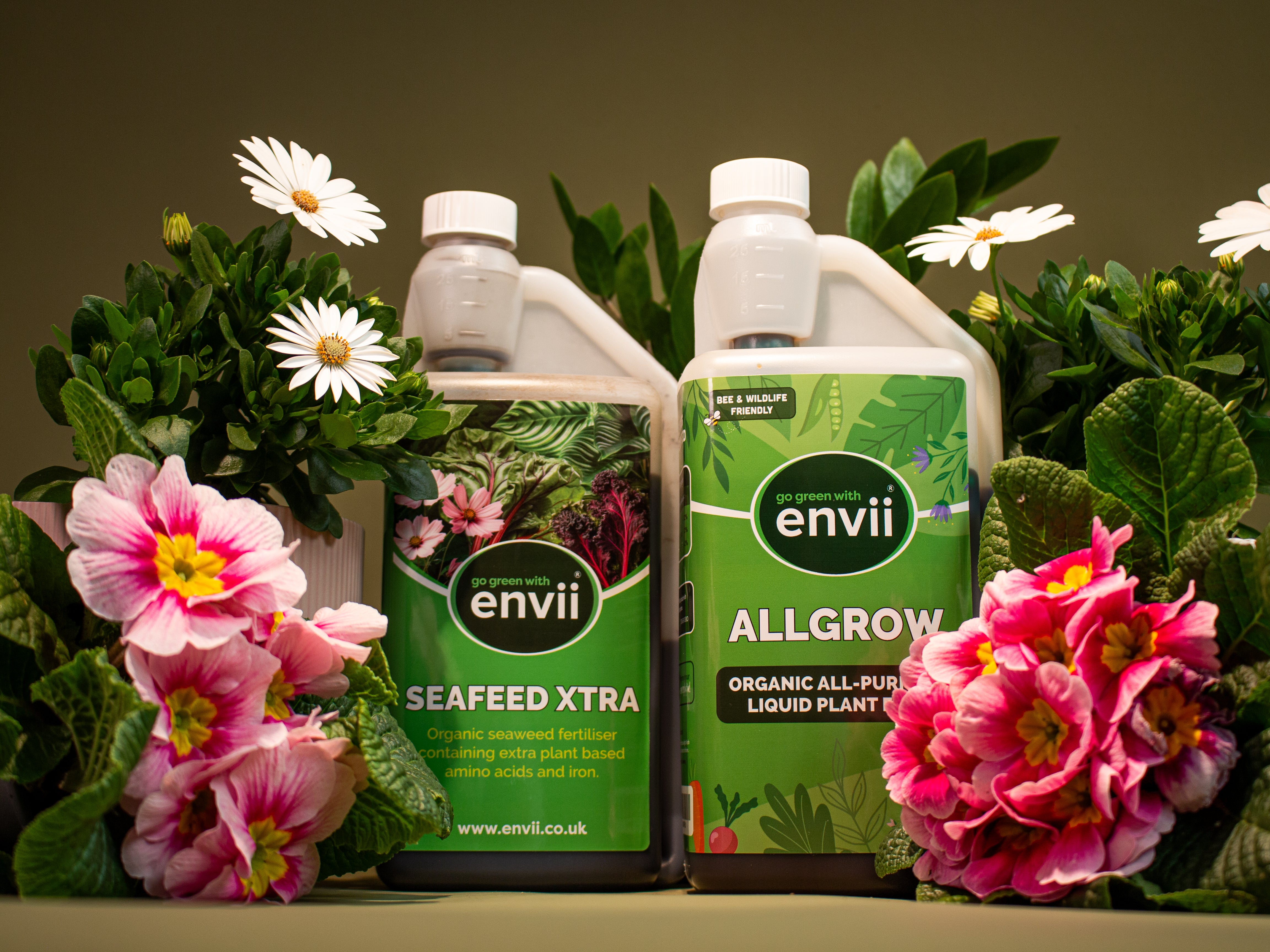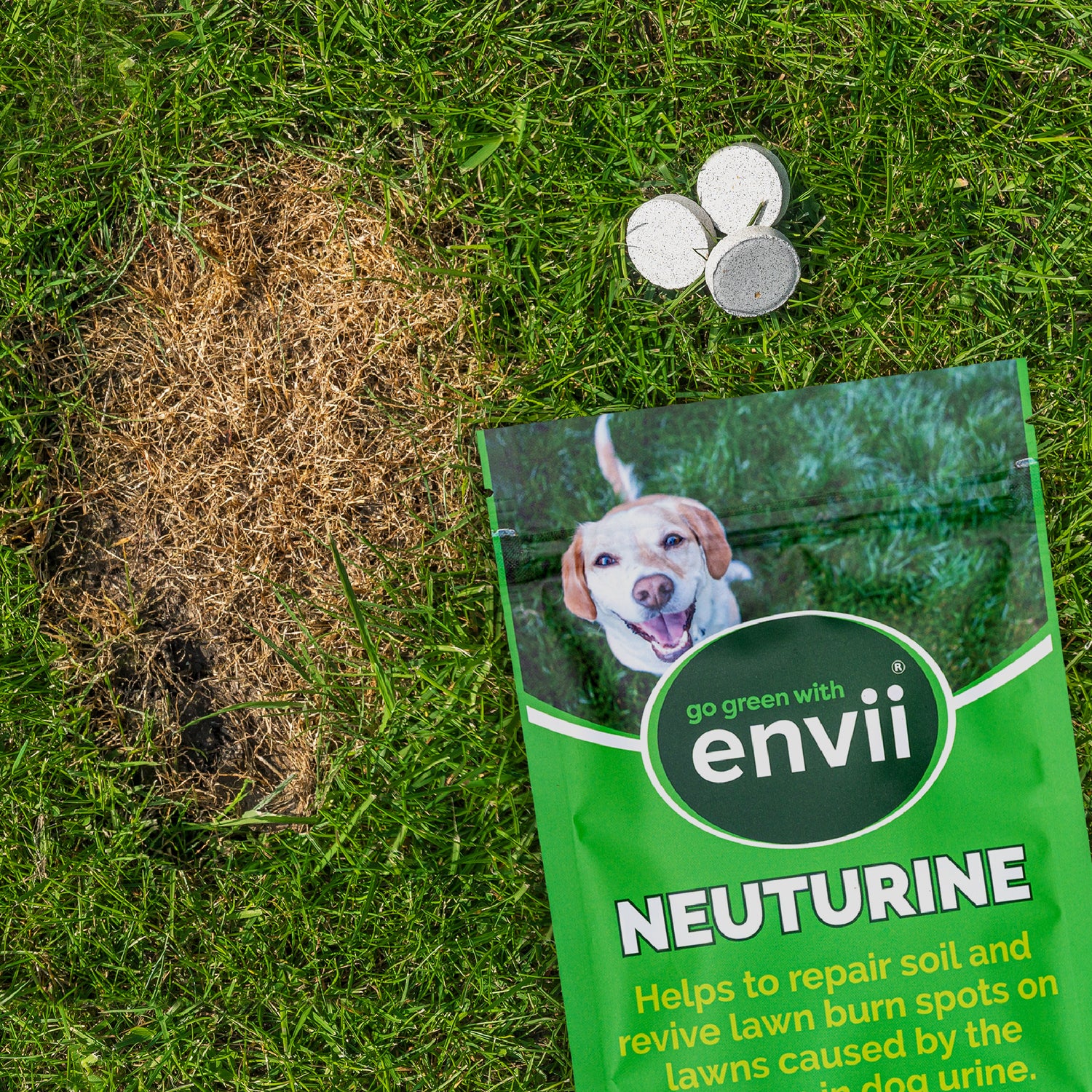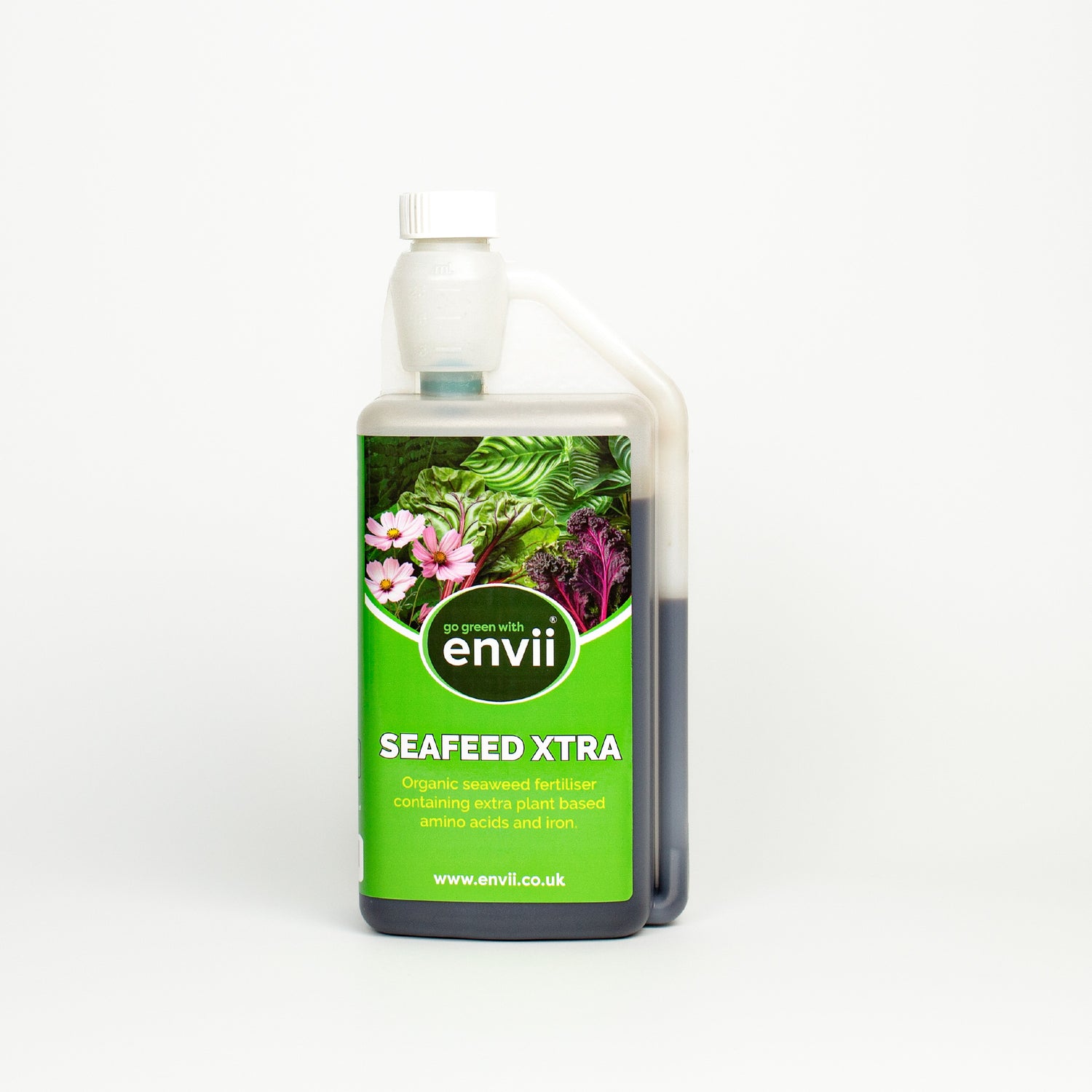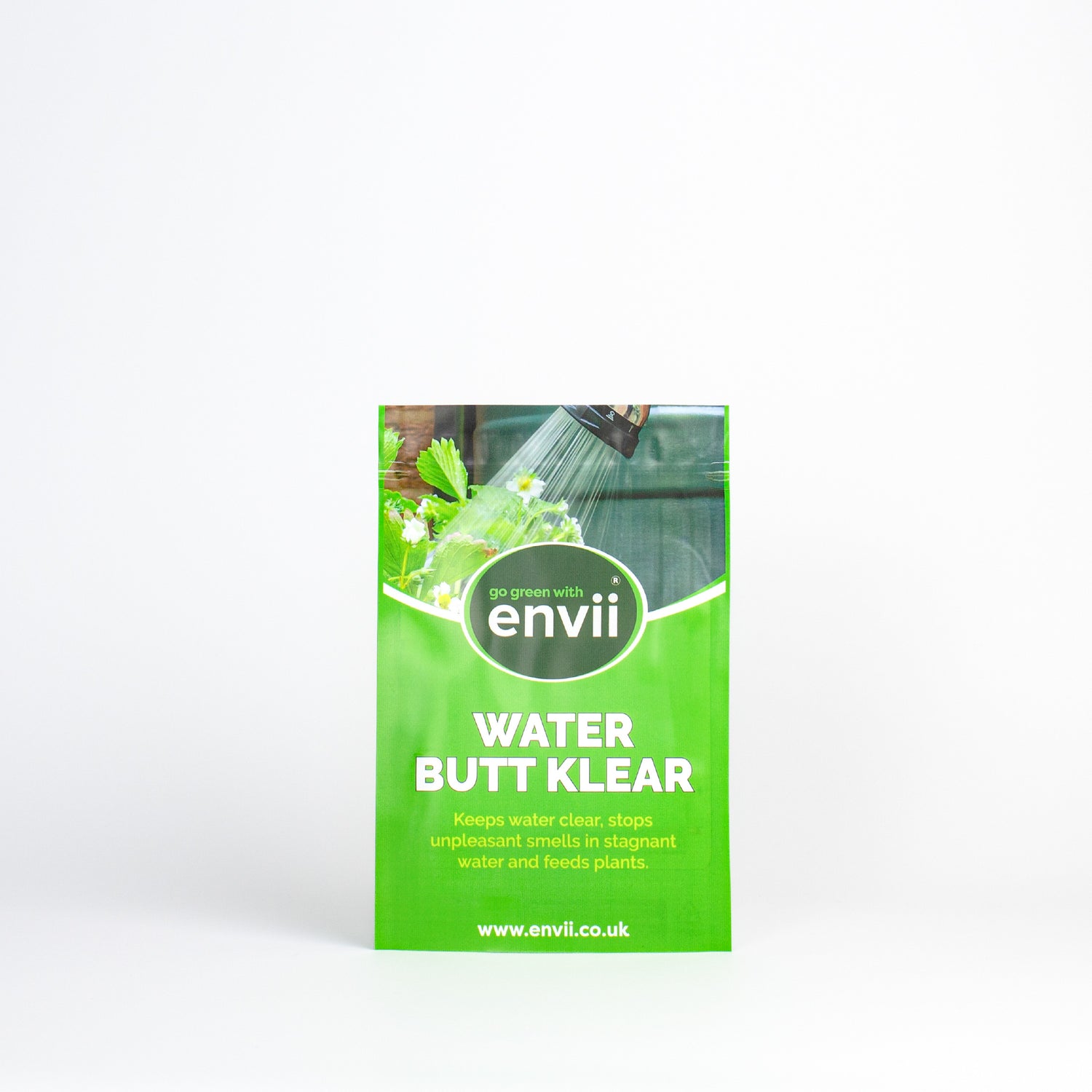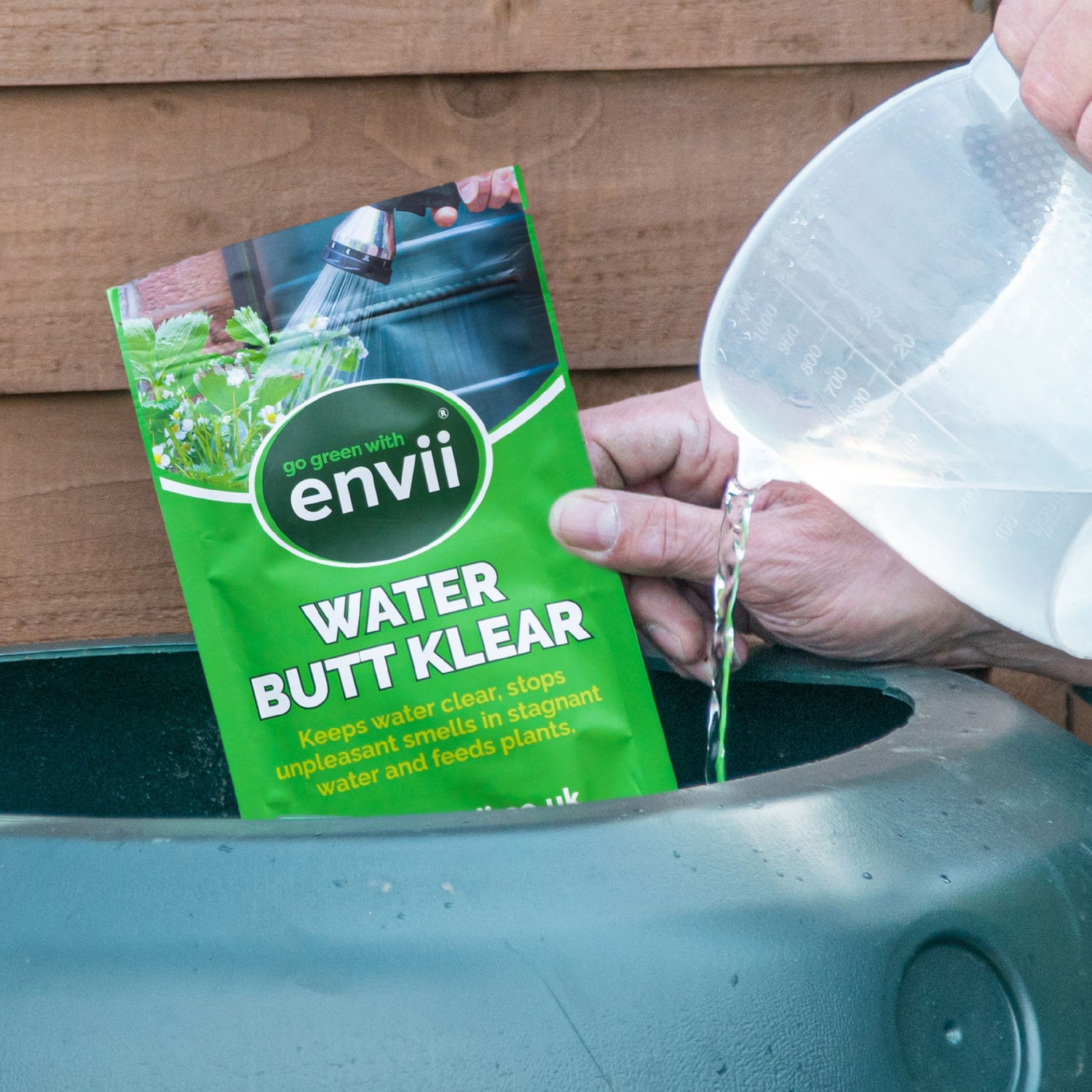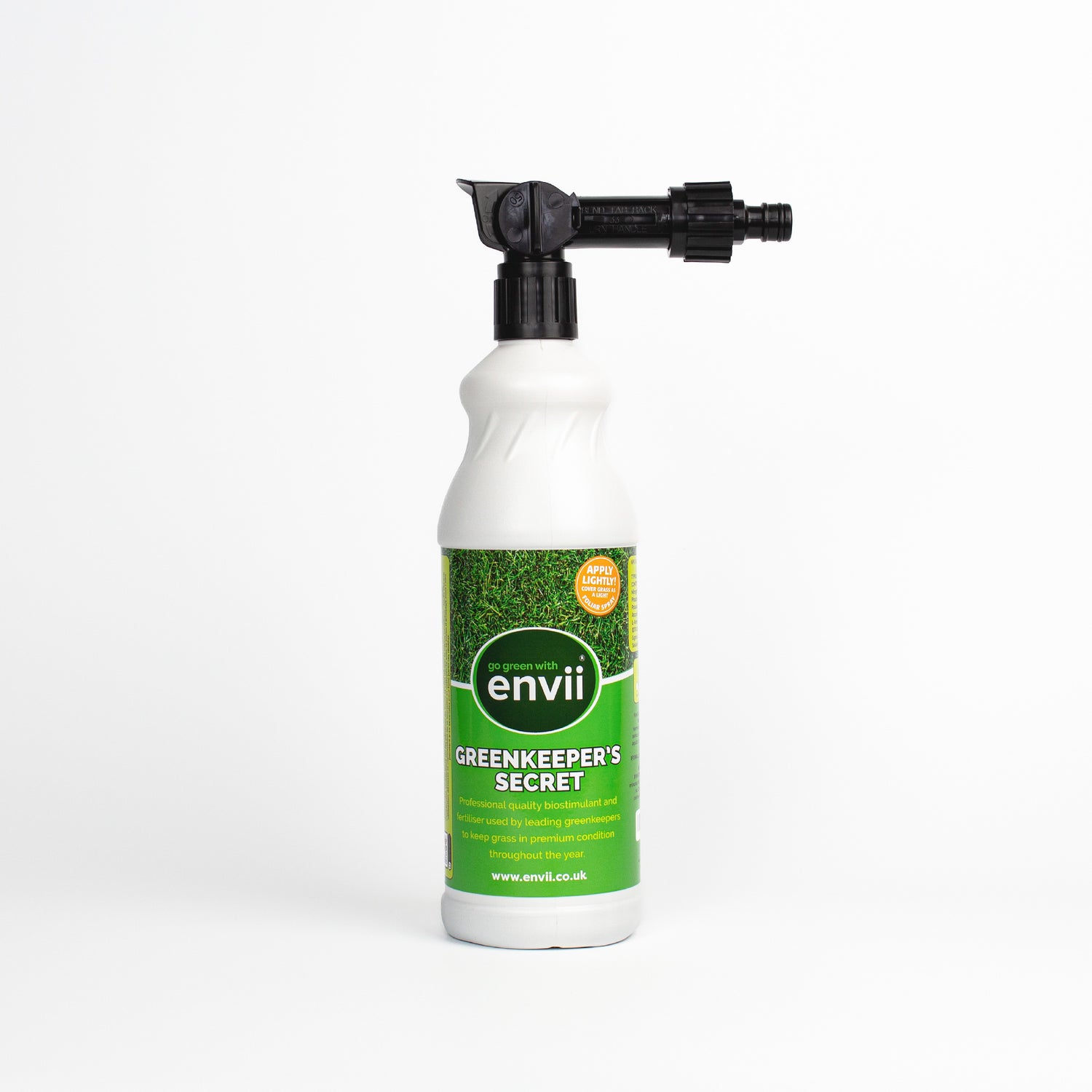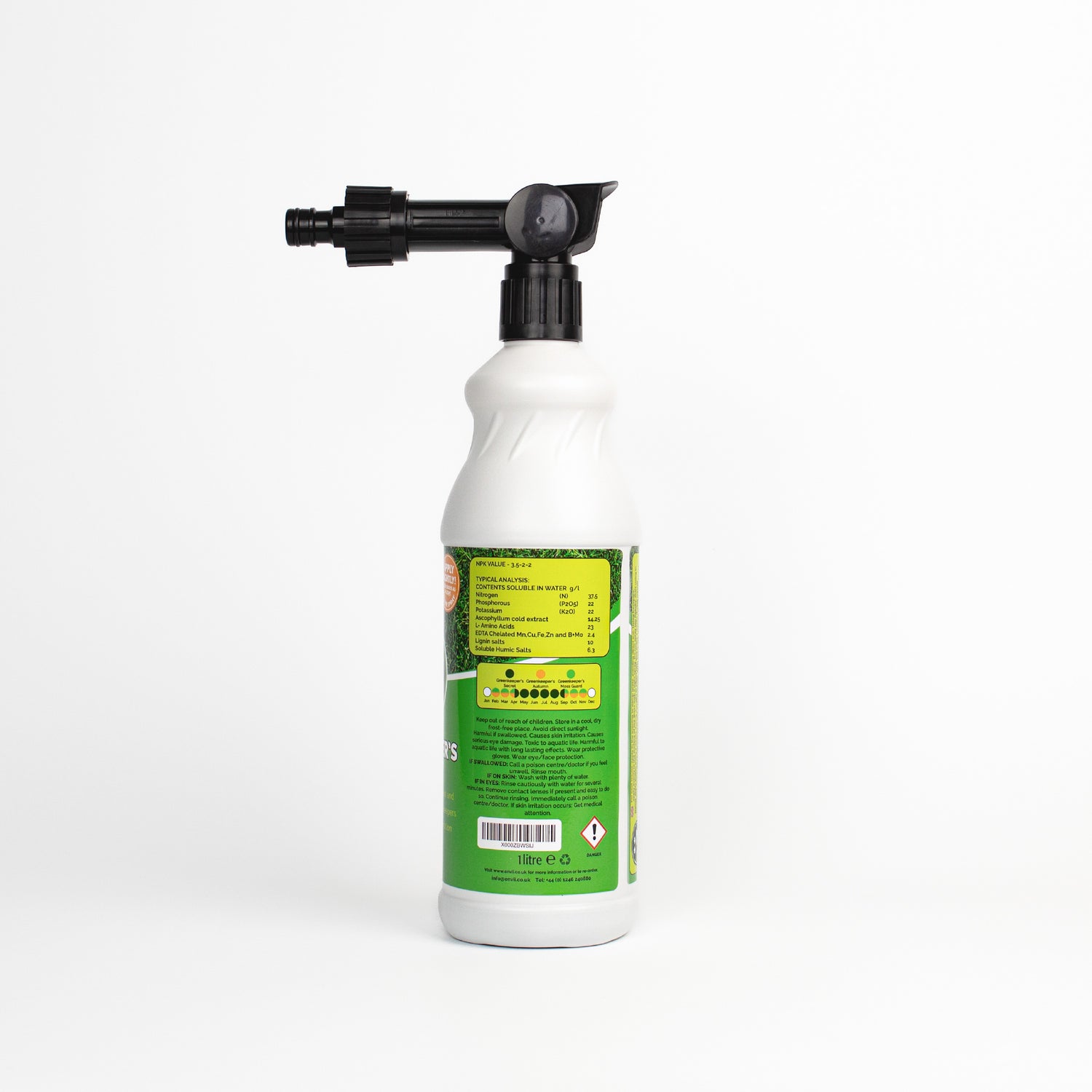Prefer to read?
Here’s what Dave says in this video…
So today we’re going to look at how to sow lupins and how to pot lupins up once germinated.
How to Sow Lupins with Kitchen Towel & Sandpaper
Now one method is basically to just soak the seeds for a couple of hours in clear water before you sow them into the compost or whatever medium you’re using. Another method is to sow them on a piece of kitchen towel. And it sounds a bit odd. But it’s just to help with the germination.
So the lupin seeds are quite thick skinned, even though these are the dwarf variety. They’ve still got quite a thick skin on them. So what we’re going to do is just rub them between two pieces of sandpaper. So just pop those on that and all you do is scratch them around a bit. And what that does is it creates little grazes in the surface of the seeds so that the moisture you can get in. What you need to do now is to get them onto the tissue paper or kitchen towel.
So all you do is one side of the kitchen towel. Just give it a bit of a spray just with water. You lay your lupin seeds out and then fold them up. Make sure there’s good contact between the kitchen towel and your lupin seed, then make it into a little parcel. Fold all the corners over so that the lupin seeds are contained and then put them in a clear plastic bag, the ones like the Ziploc ones are quite good. So just into the plastic bag, fold it up and then they pop that onto a warm windowsill or somewhere. above a radiator or something like that for a couple of days, it should start to sprout.
An example of a seed that sprouted it can show you just that. That’s the sort of thing you’re looking for. That’s the seed that’s already sprouted and that will be evident in your kitchen towel. You’ll get a root shoot coming out and you’ll see the forming of the leaves as they germinate from the seed.
How to Sow Lupins in Pots
Another way to sow lupins is just to sow them in compost. Use a good, fine peat-free compost. I’m going to sow these individually because they’re quite a large seed. I’m just going to do one in each individual module. So fill those up to it and the seed is going to be shown on the top. We’re going to cover them with vermiculite.
Vermiculite just helps with the moisture retention because the sweet because the lupins need to be kept moist and the vermiculite will hold the water on the surface of the compost and help to break the seed shell down. So I’m going to use the same process, some people try and nick the seeds with a pair of scissors just cut slightly into the coating or just scrape them with a knife I find it a bit fiddly with my hands so I tend to just put them on some paper and give them a Now again you can if you wish.
Soak those overnight. Generally speaking, once you’ve broken the skin and you’ve got them into compost, and the moist keep them moist that should germinate, so there we go.
Do Lupins need Vermiculite and How Long do Lupins Take to Germinate?
Now the vermiculite is just a white rock. And all you do is just sprinkle that over the top, and that does two things, it holds the moisture, and it holds the seed onto the compost so it can take up the moisture and that helps with the germination. So you just give those a good water, it will take a little bit longer for those to germinate than the ones we’ve done on the kitchen towel.
It’ll just take longer for it to to come through. So we’ll be patient with them. It can take up to two weeks, even longer sometimes with lupin seeds because they are quite tough to germinate.
Can You Sow Lupins Outdoors?
There is actually another way to sow lupins. And that’s just to sow them straight into your garden in autumn, where you want it to grow. And that’s one of the better ways of doing it because lupins like to be chilled, the seeds like to have a period of cold before they germinate so it can work to your advantage and you tend to get earlier plants that are a bit bit stronger.
But obviously if you’ve not done that and you want to grow them this year to flower this year, either of these methods will do that for you.
How to Pot Up Germinated Lupins
So these are the lupin seeds that we set about five days ago, and they’ve been on a sunny windowsill with the kitchen towel moist, and they’ve germinated now. So I’m just going to open up the little packet that they’re in, I have checked them every couple of days, but they’ve germinated nicely now. And as you can see they’ve got quite a little root system on them and they’re starting to get the leaves. So these are ready for potting on into compost. So yeah, we’re going to pot these up into this little modular tray.
You can use a little yogurt pot if you don’t want to buy plastic and just recycle your and reuse them. So I’m just going to pop. Some compost, peat-free compost, into the modular tray level, of just tap it down, and then what you’re going to do is gently pick up one of the seedlings and pop it into the compost.
Now you can water the compost first if you want. It’s entirely up to you. Sometimes it’s easier. Sometimes it’s better just to get your seeds seeds in first. So I’m just going to make some holes with my finger. Then all you do is gently pick up your little seedling. And obviously what you want to do is be very careful not to touch the roots and you want to leave your leaf just above the surface so gently firm in.
Then once we’ve got them up the whole tray done, we’ll give them a watering. So some of the seeds are actually rooted into the kitchen towel, so you need to do this, just gently tear that open. Again you don’t want to damage any of the roots so it’s a bit fiddly. Well, and even if you’ve got a little bit of the kitchen towel like that it’s not going to hurt because it will. It will rot away once you’ve got it into the soil. So again just hold in the seed or the leaf.
Whatever you’ve got there just pop that into the ground. Try to leave the leaf above ground above the soil, and then just firm and then just carry on with that process until you fill the tray. Now as I say, they took about five days to get to this stage and it may it can take. Sometimes it’s only two days, but it can take up to a week. With this method you can see exactly what’s happening so you can judge when you want to start and pot them up.
Obviously, if you’ve got any spare plants you can give them away to friends or neighbours and or if you want you can just throw them away. It’s entirely up to you what you do with them. Again, that one’s a good example. So it’s actually got the seed pod. Seed pod at the bottom of the root, and that’s your new leaf coming. So again you don’t need to worry about taking that seed pod of. Don’t handle the root, just handle the leaf at the top.
With any seedling you don’t want to be handling either the roots or the stem of the plant because you can’t replace those, the leaves that will regenerate you’ll get another leaf in its place, so you don’t need to be too worried about the leaf. These do germinate pretty well. This way you’ve just got to make sure you keep them moist but not overly wet and warm. And obviously they need a light as well. So on a warm windowsill.
How to Care for Lupin Seedlings
But just give those a watering now. Just keep them in the frost-free greenhouse environment and they should grow away nicely ready for planting out at the end of spring. And they should start to get the true leaves, which are the leaves that look like the ones that they call palmatum.
They have like fingers on them so you’ll know when you’re true leaves come because they’re not just the round leaves. And so, but yeah, they should just grow nicely now.
Share
